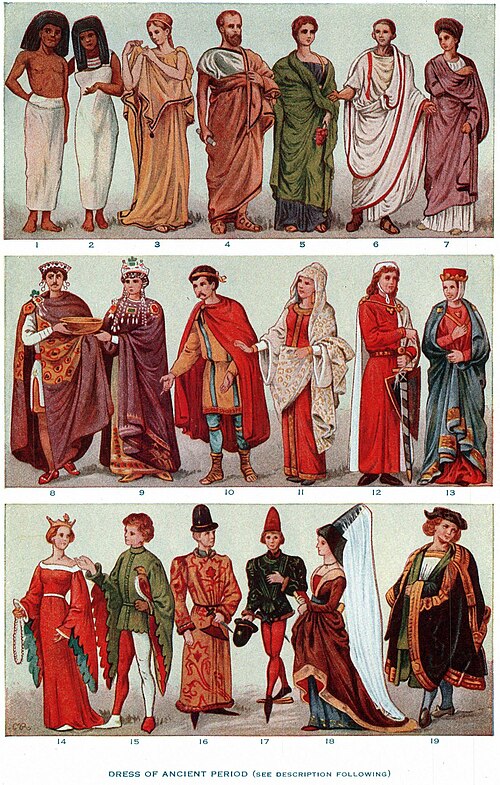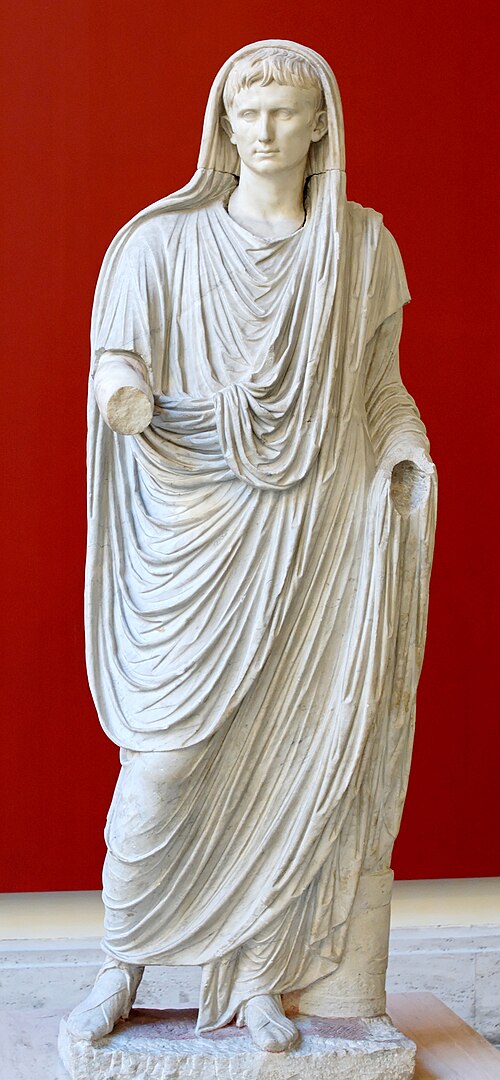Tunicnoun
A garment worn over the torso, with or without sleeves, and of various lengths reaching from the hips to the ankles.
Tunicnoun
Any covering, such as seed coat or the organ that covers a membrane.
Tunicnoun
An under-garment worn by the ancient Romans of both sexes. It was made with or without sleeves, reached to or below the knees, and was confined at the waist by a girdle.
Tunicnoun
Any similar garment worn by ancient or Oriental peoples; also, a common name for various styles of loose-fitting under-garments and over-garments worn in modern times by Europeans and others.
Tunicnoun
Same as Tunicle.
Tunicnoun
A membrane, or layer of tissue, especially when enveloping an organ or part, as the eye.
Tunicnoun
A natural covering; an integument; as, the tunic of a seed.
Tunicnoun
See Mantle, n., 3 (a).
Tunicnoun
an enveloping or covering membrane or layer of body tissue
Tunicnoun
any of a variety of loose fitting cloaks extending to the hips or knees
Tunicnoun
a loose garment, typically sleeveless and reaching to the knees, as worn in ancient Greece and Rome.
Tunicnoun
a loose, thigh-length garment, worn typically by women over a skirt or trousers
Tunicnoun
a gymslip.
Tunicnoun
a close-fitting short coat as part of a uniform, especially a police or military uniform.
Tunicnoun
an integument or membrane enclosing or lining an organ or part.
Tunicnoun
any of the concentric layers of a plant bulb, e.g. an onion.
Tunicnoun
the rubbery outer coat of a sea squirt.
Tunic
A tunic is a garment for the body, usually simple in style, reaching from the shoulders to a length somewhere between the hips and the knees. The name derives from the Latin tunica, the basic garment worn by both men and women in Ancient Rome, which in turn was based on earlier Greek garments that covered wearers' waists.
Toganoun
A loose outer garment worn by the citizens of Ancient Rome.
Toganoun
A loose wrap gown.
Toganoun
(Philippines) An academic gown.
Toganoun
The loose outer garment worn by the ancient Romans, consisting of a single broad piece of woolen cloth of a shape approaching a semicircle. It was of undyed wool, except the border of the toga prætexta.
Toganoun
a one-piece cloak worn by men in ancient Rome
Toganoun
a loose flowing outer garment worn by the citizens of ancient Rome, made of a single piece of cloth and covering the whole body apart from the right arm.
Toga
The toga (, Classical Latin: [ˈt̪ɔ.ɡa]), a distinctive garment of ancient Rome, was a roughly semicircular cloth, between 12 and 20 feet (3.7 and 6.1 m) in length, draped over the shoulders and around the body. It was usually woven from white wool, and was worn over a tunic.
















